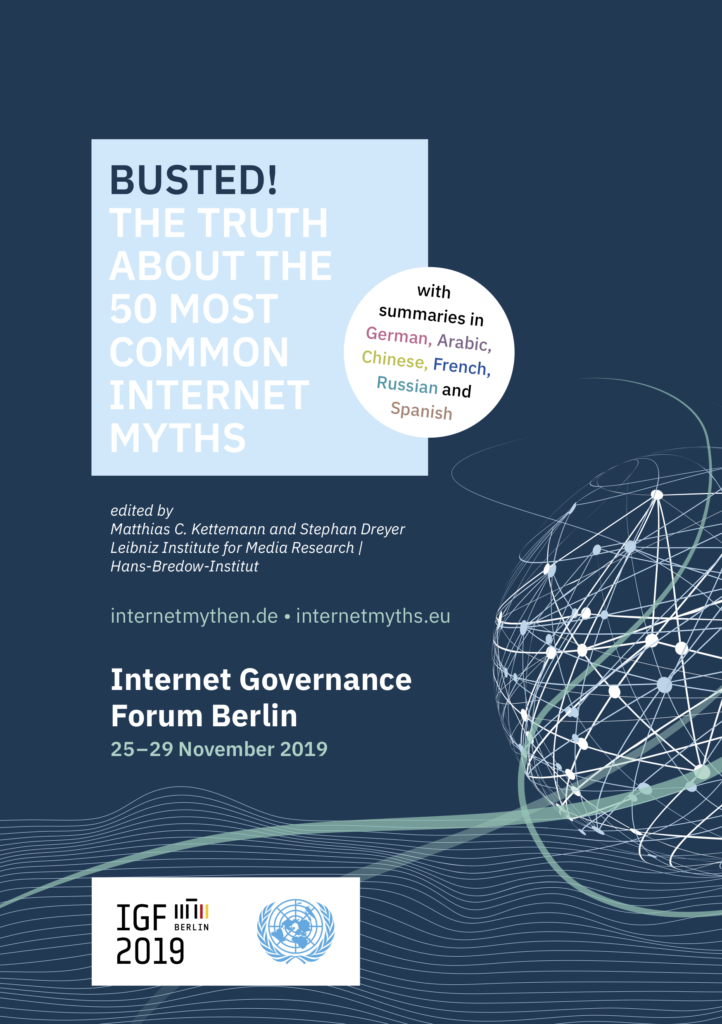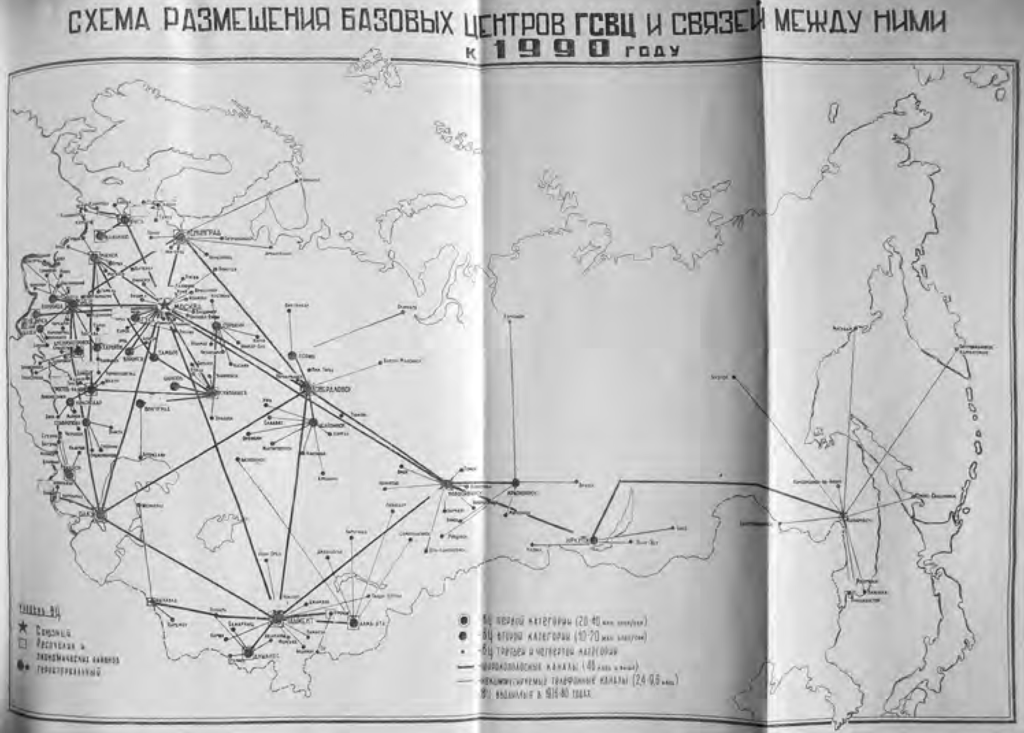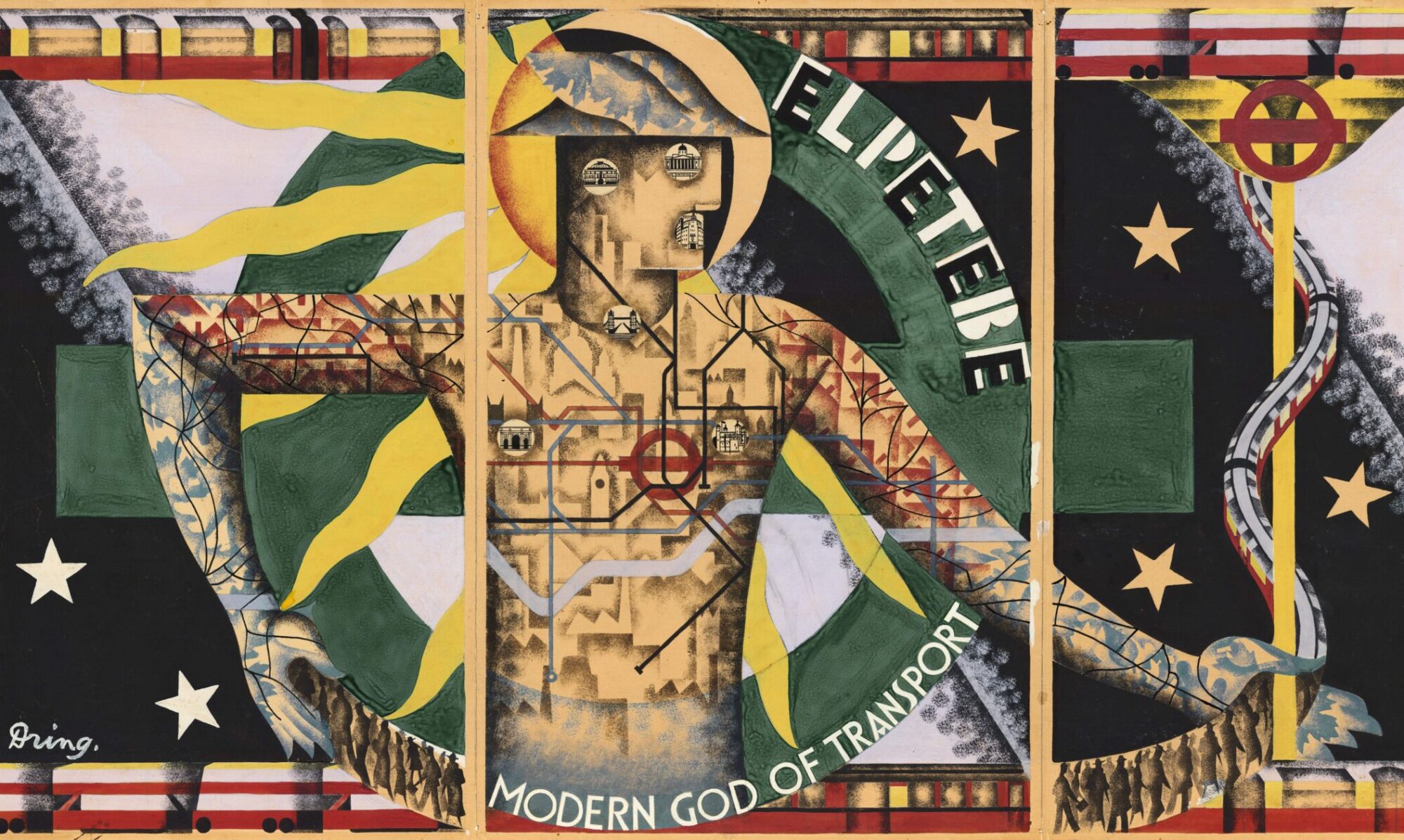
Myth: The Internet is a ‘network of networks’. It connects heterogeneous elements, not just technically, but also socially and economically. The ‘network of networks’ idea has influenced peer-to-peer networking, ideals of scientific and democratic values, and Internet Governance. Basically, it promises universal connectivity and interoperability.
Busted: Yet the Internet we have is not an internetwork of heterogeneous networks, as counterintuitive as it might seem. Network protocols are infrastructure, and infrastructure is boring, bureaucratic and usually taken for granted. Yet developers and administrators of network protocols know about the social and relational character of digital infrastructure, and what is at stake politically in the design of network protocols. In a 2006 interview, computer scientist David Reed made some 1980s political choices of protocol developers transparent: “In fact, the idea of pursuing a thing called ‘the Internet’ (an ur-network-of-networks) was a political choice – that universal interoperability was achievable and desirable. It’s parallel to ‘One Europe’ or ‘World Government’, though not the same. The engineers involved were not ignorant of the potential implications at the political level of that choice” (Reed in Gillespie 2006, 452). Reed’s argument is somewhat typical for the values that influenced the design of Internet protocols and its end-to-end architecture. It is also missing one important historical point.
‘Universal
interoperability’ depends on standardisation, and network protocols form the de facto standards of digital mediation.
TCP/IP, the Transmission Control Program and Internet Protocol has been imposed
as a standard by the US Department of Defense on January 1, 1983. US
universities followed that directive and gladly adopted TCP/IP. What did that
transition within the ARPANET achieve? Computer scientist John Day argues that
within that infrastructural shift the internetworking layer actually got lost.
Picture Day’s central argument not in all its subtlety, but in its consequences
when he asks “How in the heck do you loose a layer?” (Day 2011). He stresses
that the split of TCP and IP “contributed to being an Internet in name only”
(Day 2013, 22). Open Systems Interconnection (OSI) and other internetworking approaches took into
account that interconnected networks could be based on completely different
technologies and addressing schemes. But the Internet Protocol created only one address space for all connected
networks; and today’s Domain Name System has been built along that path
dependency. You can still hook up any other network with obscure protocols to
the Internet as long as it uses the ruling IP addressing system. The 1990s
slogan “IP on everything” did not create an ur-network-of-networks. It rather
reinforced the loss of what would have been an internetworking layer in a
scientifically sound and technically interoperable network architecture (Day
2008). Currently, we need to live with that flaw. The Internet is not doing the
heterogeneous networking of heterogeneity that so many people still expect it
to do: “OSI had an Internet Architecture and the Internet has a Network
Architecture” (Day 2012, 15; cf.
Russell 2014).
Truth: Ever since the internetworking layer
got lost in 1983, the Internet’s architecture depends on a homogeneous system
of naming and addressing. The domain name system DNS does exactly that,
creating one seamless space for IP addresses that needs to be centrally
administered, even if domain registration procedures are decentralised. The
current Internet does not interconnect completely heterogeneous networks, but
remains just one single network on the level of naming and addressing. So when
will we have a real internetwork?
This is a slightly modified version of a text which is appearing in Busted! The Truth About the 50 Most Common Internet Myths, edited by Matthias C. Kettemann and Stephan Dreyer, Hamburg: Leibniz Institute for Media Research | Hans-Bredow-Institut, 2019. The book is going to be launched at the Internet Governance Forum in Berlin.
References
John Day, Patterns
in Network Architecture: A Return to Fundamentals (Upper Saddle River,
NJ: Pearson, 2008.
John Day, How in the Heck Do You Lose a Layer!? (International Conference on the Network of
the Future, Paris, 2011),
135-143. doi:
10.1109/NOF.2011.6126673.
John Day, How in the Heck Do You Lose a Layer!? (Future
Network Architectures Workshop University of Kaiserslautern, 2012). https://www.researchgate.net/publication/261458332_How_in_the_Heck_do_you_lose_a_layer.
John Day, Surviving Networking’s Dark Ages or
How in the
Hell Do You Lose a Layer!? (IRATI RINA Workshop, Barcelona, 2013). http://irati.eu/wp-content/uploads/2013/01/1-LostLayer130123.pdf.
Tarleton Gillespie, Engineering a Principle: “End-to-End” in
the Design of the Internet, Social
Studies of Science 36 (3) (2006), 427-457.
Russell, Andrew L. (2014), Open Standards and the Digital Age. History,
Ideology, and Networks (Cambridge, Cambridge University Press, 2014).




